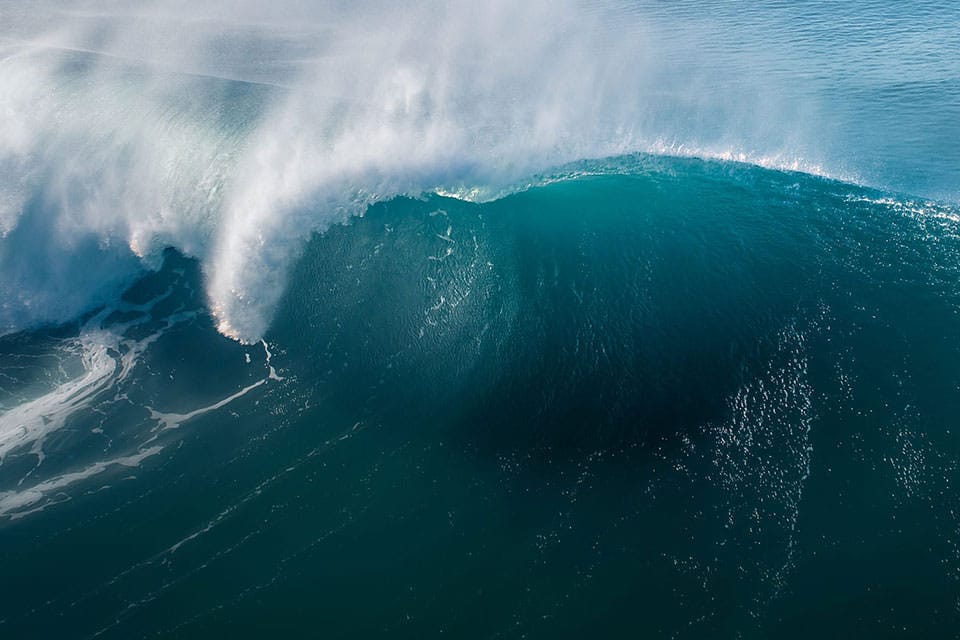Electrolysis-driven weathering of basic minerals for long-term ocean buffering and CO2 reduction
Why we care Ocean alkalinity enhancement has the potential to capture carbon and mitigate ocean acidification. While ocean alkalinity enhancement is a promising approach for removing carbon from the atmosphere, there are important questions about its impacts on the marine environment. A strategic roadmap identifying and addressing concerns about deployment of ocean alkalinity enhancement is […]




